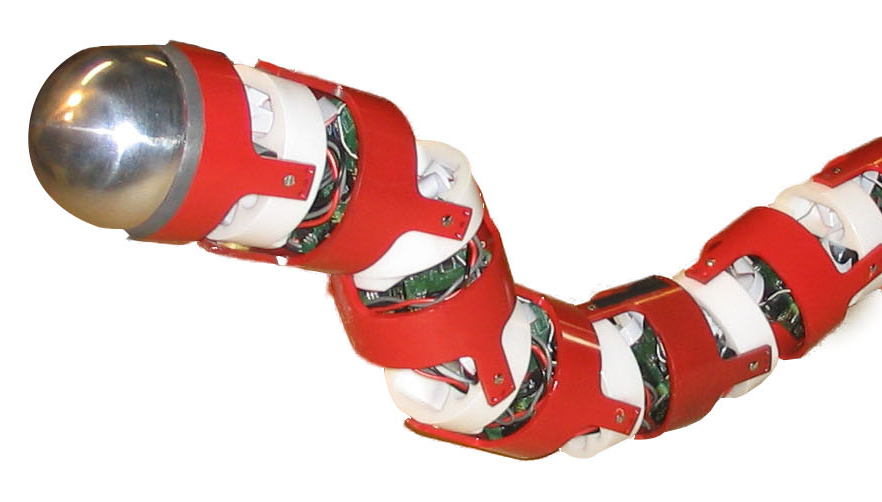Robotics and autonomous systems - Department of Engineering Cybernetics
Department of Engineering Cybernetics
Robotics and autonomous systems
 The research on robotics and autonomous systems spans a broad range of applications, including mechanical and Lagrangian systems, industrial and service robotics, marine craft, aircraft, uncrewed vehicles, satellites, compressors, automotive systems, and integrated navigation and sensor fusion platforms.
The research on robotics and autonomous systems spans a broad range of applications, including mechanical and Lagrangian systems, industrial and service robotics, marine craft, aircraft, uncrewed vehicles, satellites, compressors, automotive systems, and integrated navigation and sensor fusion platforms.
Core research areas include nonlinear control theory, optimization, parameter estimation, Kalman filtering, nonlinear observers, state estimation, mission and path planning, robot perception, simultaneous localization and mapping (SLAM), robotic vision, machine learning, reinforcement learning (RL), artificial intelligence (AI), and deep policy learning.
Applications
- Guidance, navigation and control of marine craft, aircraft and drones
- Uncrewed vehicles (aerial, surface, and underwater)
- Robotics and robotic vision
- Integrated navigation systems and sensor fusion
- Automotive systems
- Control allocation
- Power and propulsion systems
- Spacecraft and satellite control systems
- Compressor control systems
- Machine learning and AI for autonomous decision-making and control
- Intelligent sensing, perception, and adaptive systems
Contact
Projects
Research Centers
- NTNU Center of Excellence (CoE) in Autonomous Marine Operations and Systems (NTNU AMOS)
- ROBOTNOR - Centre for Advanced Robotics
- Norwegian Research Center for Offshore Wind Technology (NOWITECH)
Research Programs
- Control of light vehicle-manipulator systems (CRÈME)
- Sensor fusion and collision avoidance for autonomous surface vehicles (Autosea)
- Strategic University Program (SUP) in Control, Information and Communication Systems for Environmental and Safety Critical Systems
- Knowledge-building Project with User Involvement (KMB) on Arctic Dynamic Positioning Systems
- Knowledge-building Project with User Involvement (KMB) in the Next Generation Robotics for Norwegian Industry
- Knowledge-building Project with User Involvement: Design and verification of control systems for safe and energy-efficient vessels with hybrid power plants (D2V)
- CAMOS (Coastal and marine operations and surveillance)
